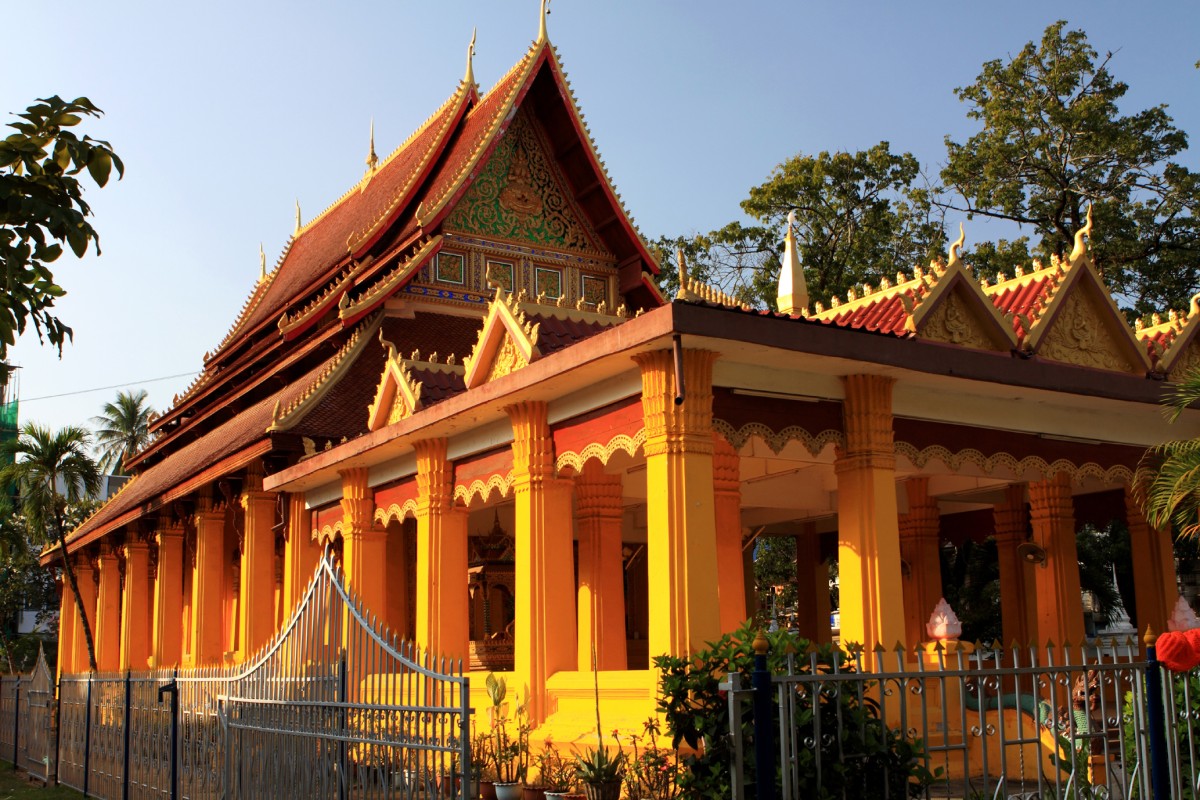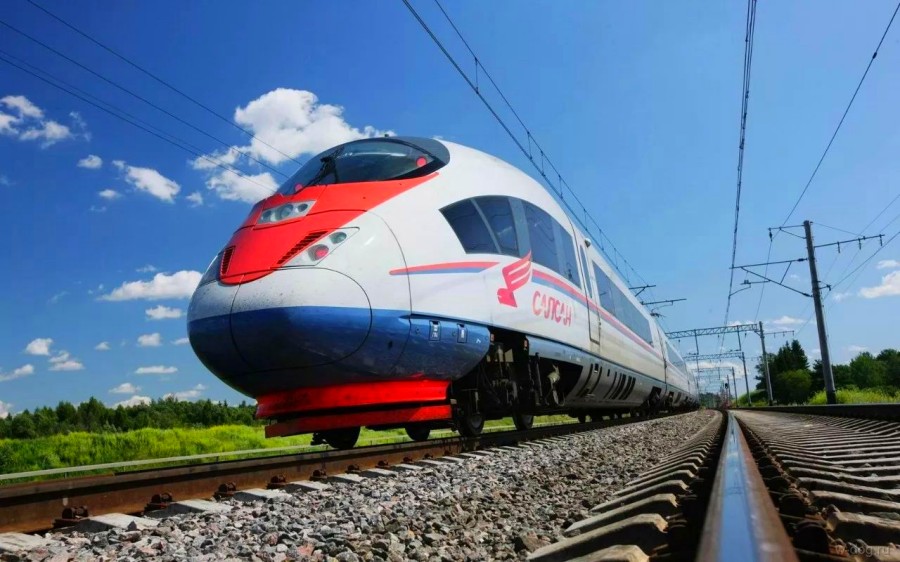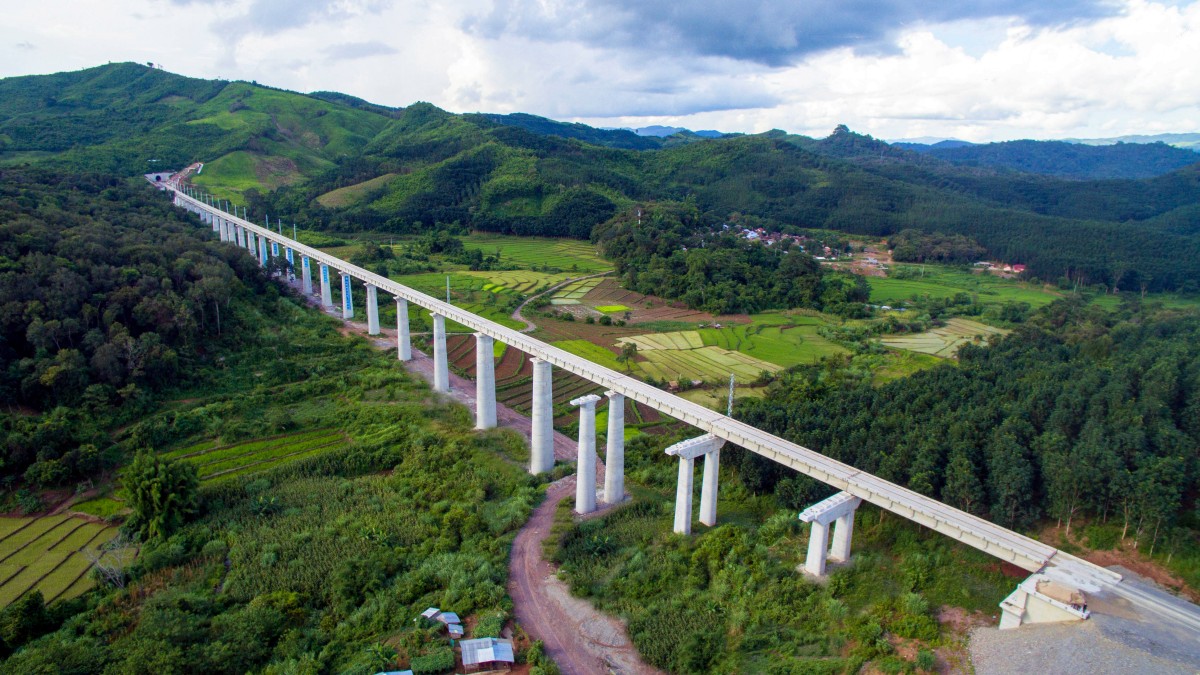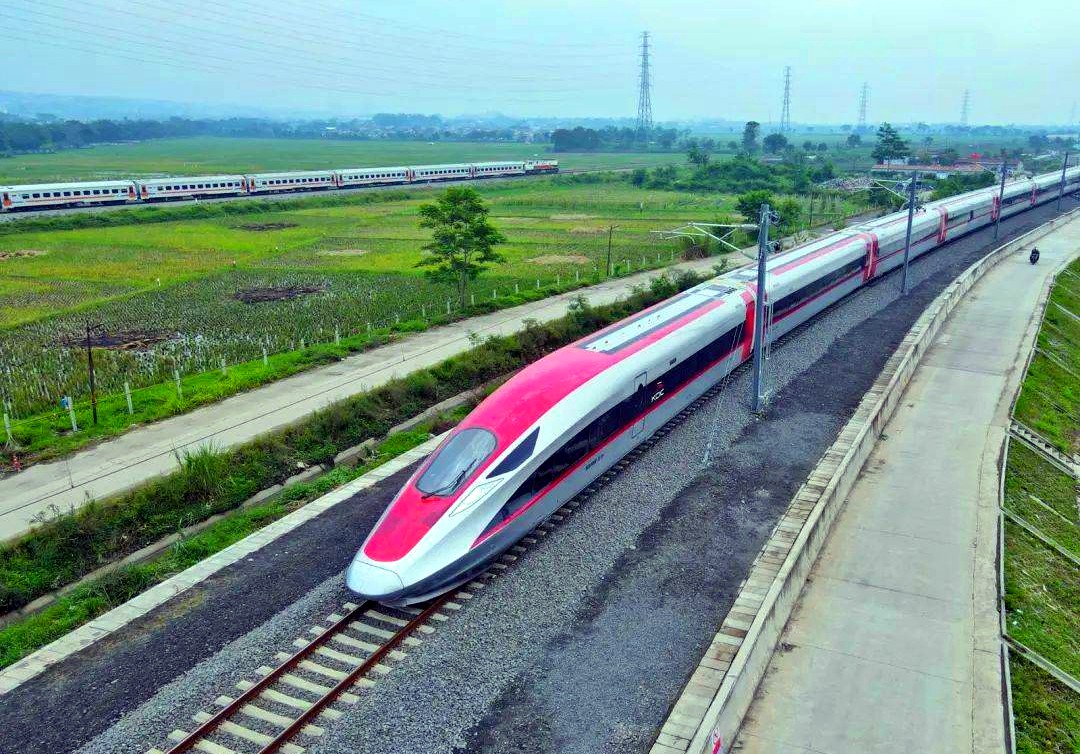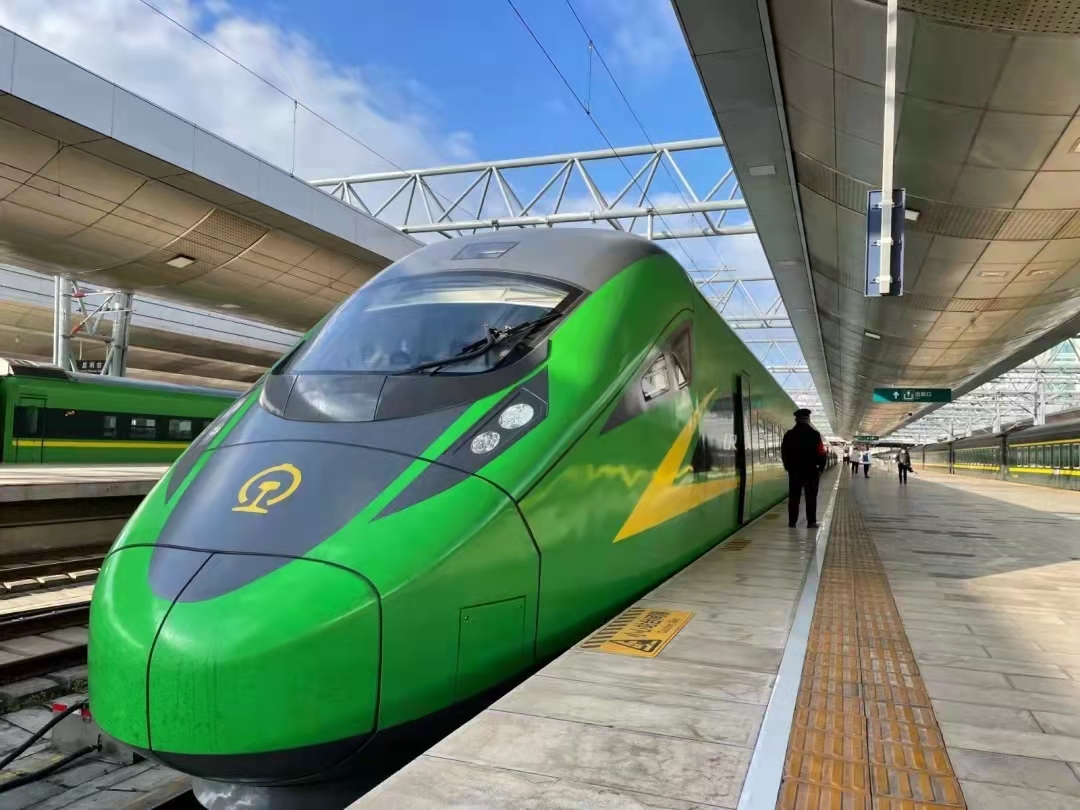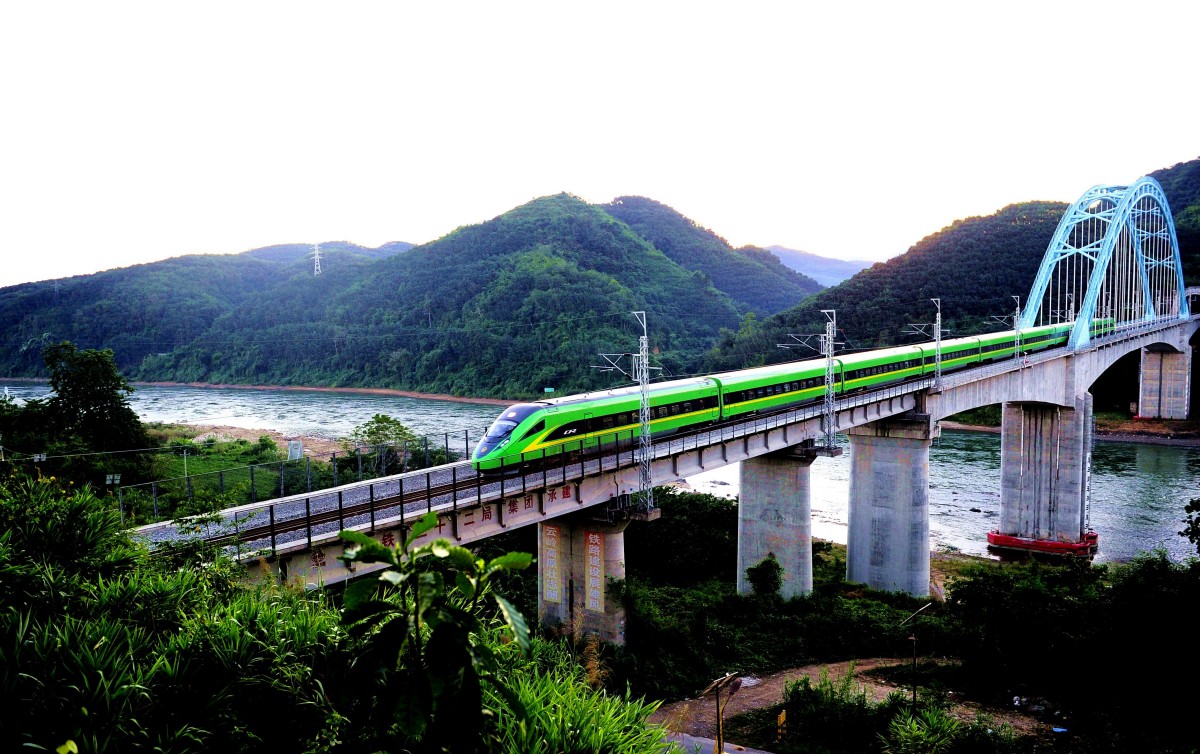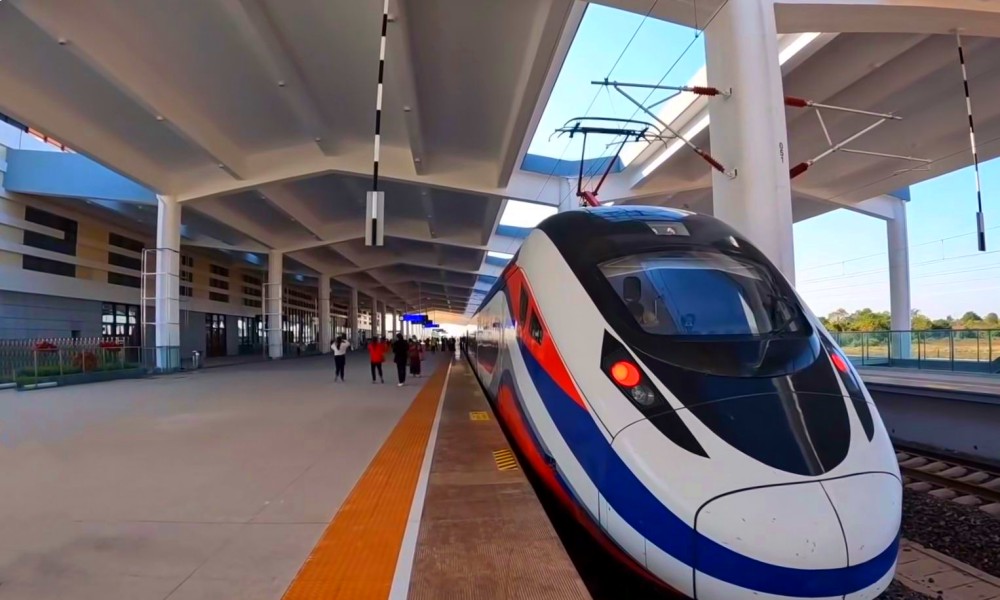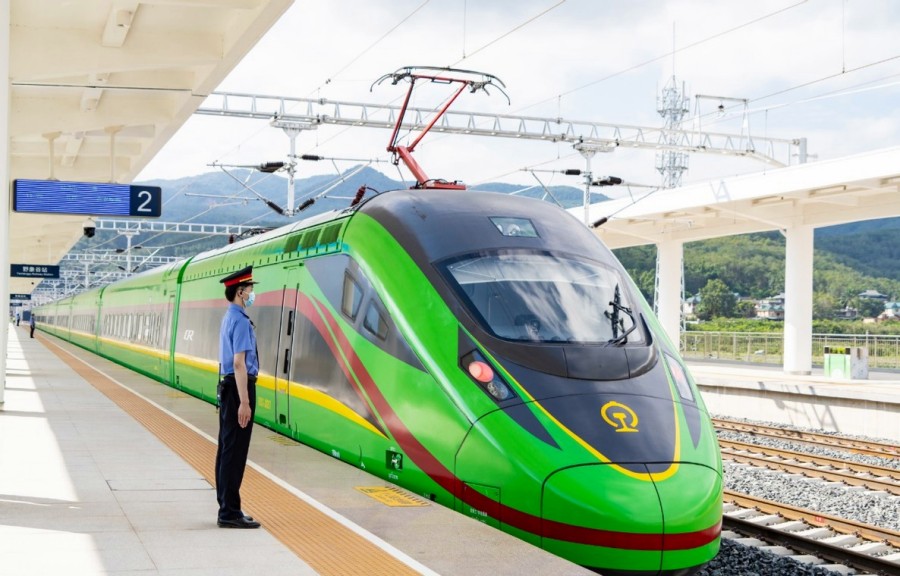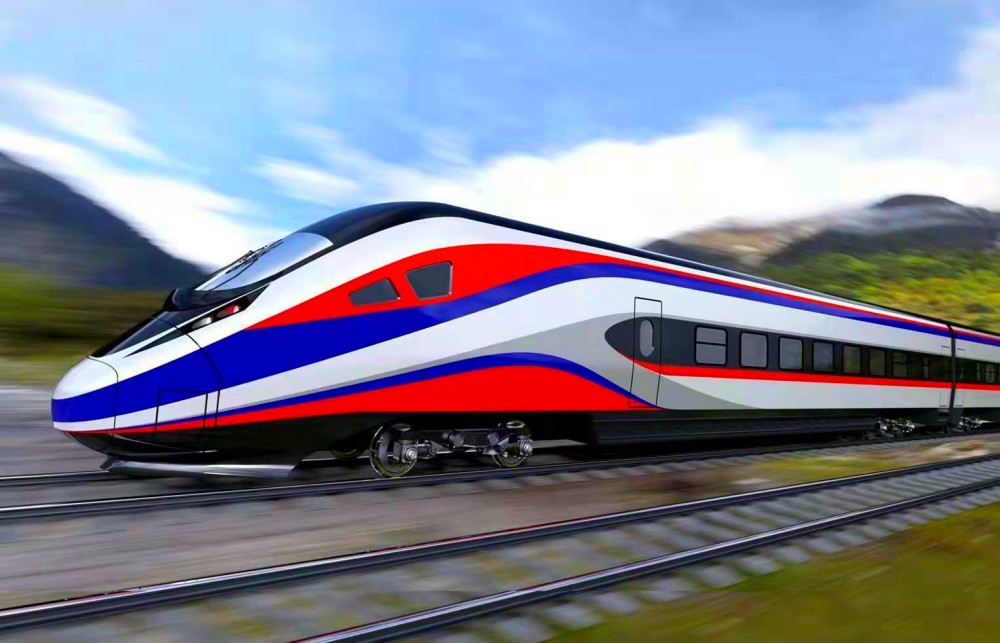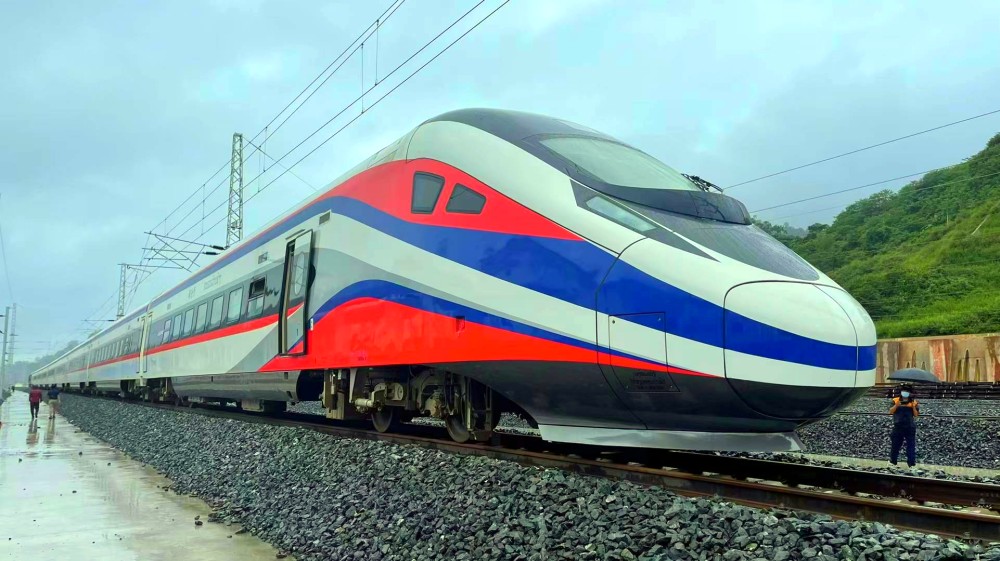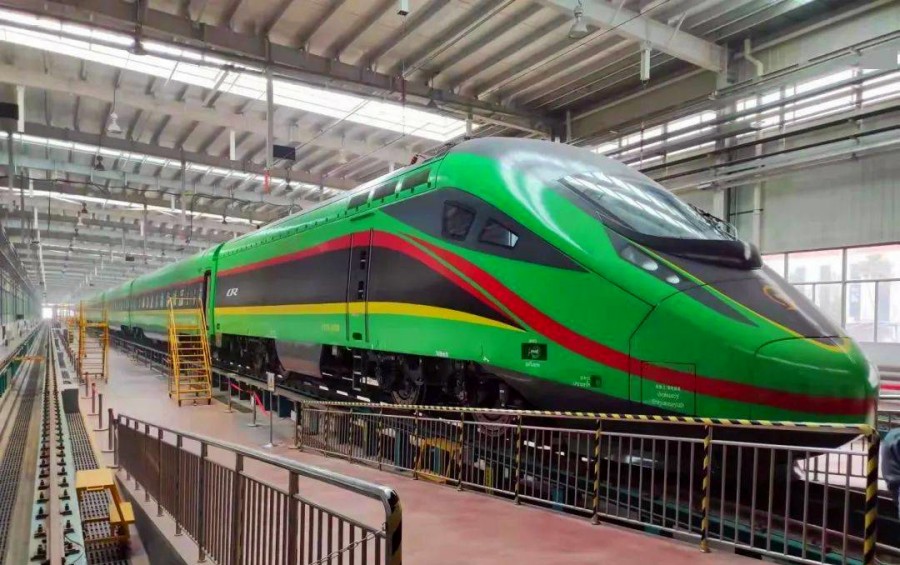Description
The railway project connecting China to Laos is actually part of a larger initiative known as the Kunming-Singapore Railway Project. This ambitious undertaking aims to link Kunming with Singapore by traversing through Thailand and Malaysia along the way.
The China-Laos Railway is a major infrastructure project that aims to connect the city of Kunming in China's Yunnan province to the Lao capital of Vientiane. The railway spans a distance of approximately 414 kilometers and passes through several major cities and towns. [caption id="attachment_27411" align="alignnone" width="1200"]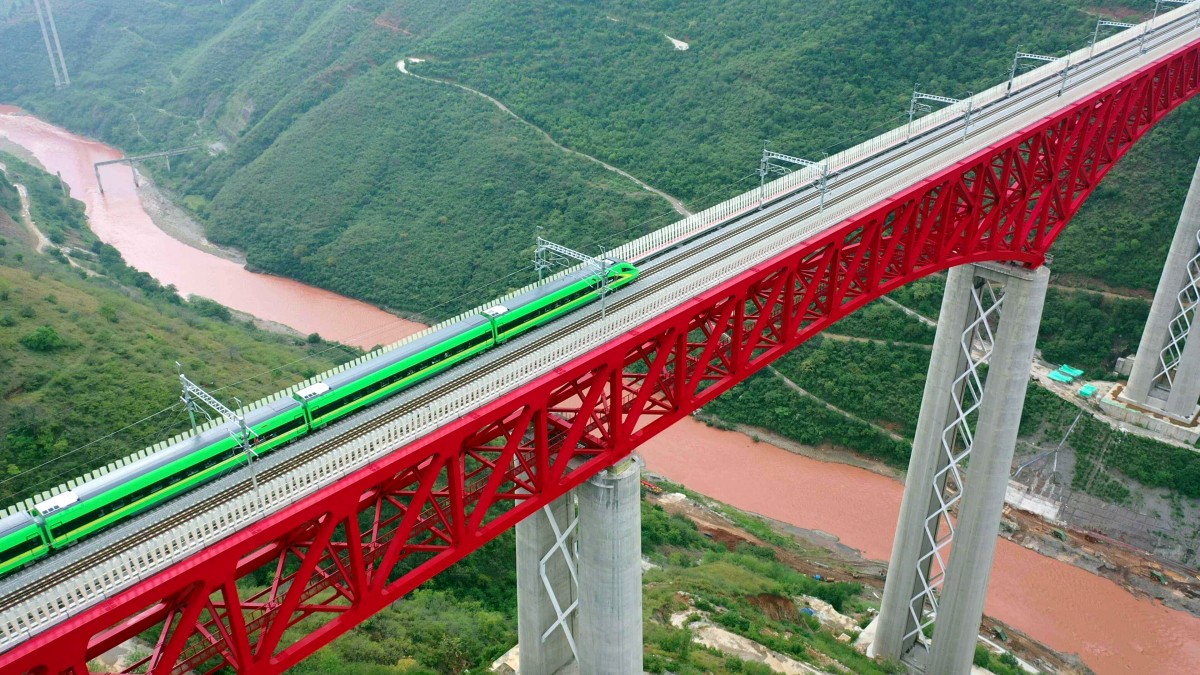 China-Laos Railway and High Speed Bullet Trains Train[/caption]
China-Laos Railway and High Speed Bullet Trains Train[/caption]
Sections of China - Laos Railway
Kunming-Mohan Railway
Kunming-Mohan railway is made up of two sections: Kunming-Yuxi Rail Line and Yuxi-Mohan Rail Line. Kunming-Yuxi Rail Line is about 88 km and has already put into service since December 15th, 2016 with the running speed of 200km/h. It takes about 1.5 hours. Yuxi-Mohan Rail Line is under construction with the max speed of 160/km.Mohan (Boten)- Vientiane Railway
The construction has began on December 2, 2015 and scheduled to be completed by 2022. It is about 427 km with the running speed of 99 mph. Some 53 tunnels have been bored through mountains at a combined length of 37,314 meters, while 47 of the 167 bridges to be built for the line are under construction, according to the Vientiane Times. It's a medium-speed train system (160 kilometers per hour for passenger trains and 120 kilometers/hour for freight).Vientiane–Boten Railway
Vientiane–Boten Railway (often referred to as the China-Laos Railway) is a 414 kilometres (257 mi) 1,435 mm (4 ft 8 1⁄2 in) standard gauge railway under construction in northern Laos, between the capital Vientiane and the small town of Boten on the border with China.Map of China - Laos Railway

Meaning of China - Laos Railway
Laos, an impoverished nation of nearly 7 million people, is looking to boost socioeconomic development through trade, manufacturing, tourism, and sales of electricity produced by damming the Mekong and other big rivers. The Lao-China railway is a signature part of that effort. This regional rail connectivity will help Laos to realise its decades-long ambition of transforming itself from a landlocked country to a land link or a land bridge for the region, creating favourable conditions for the nation to become more prosperous. China expects to use the China-Asean railway as an alternative route for export products to Asean due to cheap transportation costs while Asean countries will be able to reciprocate. Also, it will make travel between the two countries cheaper and easier compared with the expensive air-flight and time-consuming coach.Highlights of the China-Laos Railway
The journey starts from Kunming and passes through the Mopan Mountains, Ailao Mountains, Yuanjiang River, Lancang River, southern Yunnan mountains and northern Laos mountains. Along the way are stunning views of high mountains, deep valleys, primitive upland forests and rainforests as well as some minority villages. Here are some of the main stops with travel highlights:- Kunming: This is the capital city of Yunnan province which is famous for its Stone Forest, Dianchi Lake, Dounan Flower Market among other attractions. It also offers convenient trains and flights to Dali and Lijiang.
- Pu'er: This is where Pu'er tea originated from with ancient tea plantations. Taiyanghe Forest Park here has red pandas, deer lazy lorises and rhinoceroses.
- Xishuangbanna: Known as China's Chiang Mai due to its Buddhist temples and pagodas; Wild Elephant Valley; Dai minority culture; rainforest experiences among others.
- Mohan: This is the last stop in China before crossing over into Laos. There are several ethnic minority villages around including Dai Hani.
- Boten: This marks the first stop in Laos after crossing over from China.
- Luang Prabang: Famous for being a millennium Buddha capital that must be visited during a tour of Laos. Here you can find Xieng Thong Temple Kuangsi Waterfalls morning market Royal Palace Museum among other attractions.
- Vang Vieng: Known for its beautiful scenery often referred to as little Guilin making it an ideal place for outdoor sports enthusiasts.
- Vientiane: As the capital city of Laos this place boasts Vientiane Arc de Triomphe Great Buddha Temple amongst other attractions.
Kunming – Vientiane Railway
The Kunming – Vientiane Railway is consist of three parts of railways:- Kunming – Yuxi railway (Kunming – Yuxi train, 0.5-1 hrs)
- Yuxi – Mohan railway (Yuxi – Mohan train)
- Boten – Vientiane railway (Mohan – Boten – Vientiane train)
| Stations | Pinyin | CN Name |
| Kunming | Kunming | 昆明 |
| Kunming South | Kunmingnan | 昆明南 |
| Yuxi West | Yuxixi | 玉溪 |
| Yanhe | Yanhe | 研和 |
| Eshan | Eshan | 峨山 |
| Huanian | Huanian | 花念 |
| Yuanjiang | Yuanjiang | 元江 |
| Mojiang | Mojiang | 墨江 |
| Ning'er | Ninger | 宁洱 |
| Pu’er | Puer | 普洱 |
| Yexianggu | Yexianggu | 野象谷 |
| Xishuangbanna | Xishuangbanna | 西双版纳 |
| Ganlanba Ganlanba | Ganlanba | 橄榄坝 |
| Mengla Mengla | Mengla | 勐腊 |
| Mohan Railway Station (China) | Mohan 磨憨 | 磨憨 |
| Boten (Laos) | 磨丁 | |
| Mueang Xai | 孟塞 | |
| Luang Prabang | 琅勃拉邦 | |
| Mueang Kasi | 嘎西 | |
| Vang Vieng | 万荣 | |
| Vientiane | 万象 |
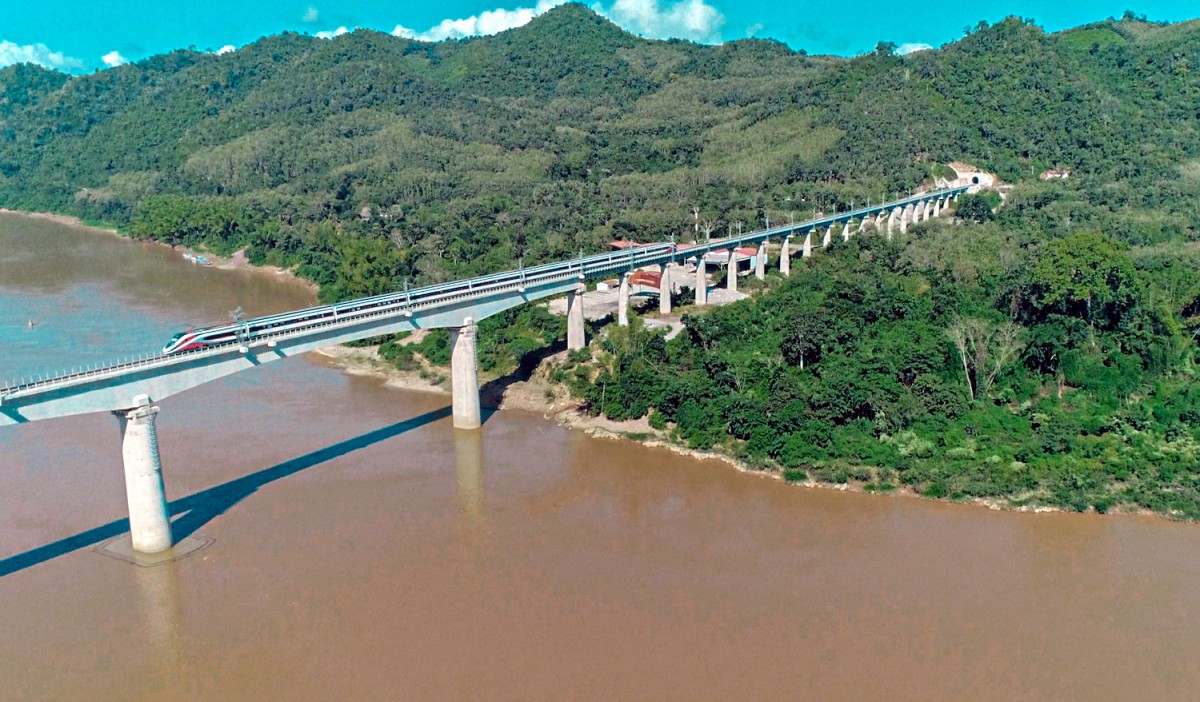 China-Laos Railway and High Speed Bullet Trains Train[/caption]
China-Laos Railway and High Speed Bullet Trains Train[/caption]
Kunming – Vientiane Train Schedule
The direct train from Kunming to Vientiane is scheduled to begin operating on April 13, 2023, according to the official 12306 China Railway. The train will depart once daily from Kunming South Railway Station (Kunmingnan) and arrive at Vientiane Railway Station, with stops at Pu’er Railway Station, Xishuangbanna Railway Station, Mohan Railway Station in China, as well as Boten Station, Luang Prabang Station and Vang Vieng Station in Laos. The entire journey is expected to take approximately 10 hours and 30 minutes. If you want to know more details, please click Kunming (Yunnan/China) to Vientiane (Laos) Bullet Train Schedules and Timetables. Besides direct trains, there are other trains that stop at different stations for you to choose from or stop at. If you want to know more details, please click Kunming-Mohan Train Schedules of China-Laos Railway and Vientiane-Luang Prabang-Boten Train Schedule of China-Laos Railway.How to Book or Buy Train Tickets
Trans-Asia Discovery can help book international train tickets from Kunming to Vientiane all year round (RMB 780 per person), and can also do visa and hotel booking on behalf of travellers, and help make the connection between the railway station and the border crossing between China and Laos to ensure the efficiency of customs clearance and quality travel. There is a bullet train directly from China to Lao: Kunming - Pu'er - Xishuangbanna - Mohan - Boten - Luang Prabang - Vang Vieng - Vientiane. You can buy train tickets at the eight stations as list above or online. You need to show your paper ticket when you check-in.1. Buy online with official China Railway 12306
12306 China Railway is China’s only official online train ticketing platform, where you can check the real-time train schedule, booking rail tickets and managing your rail journey within every part of mainland China and Hong Kong. It has launched English version website since November of 2020, allowing foreign travelers to book tickets directly with their passports and credit cards.2. Buy tickets with online ticket agents
www.chinahighlights.com and www.trip.com are the two recommended and trusted online ticket agents on Trip Advisor forum. Lots of foreign travelers had use their websites to check live train schedule and book ticekt with them. They even provide ticket delivery service. You can read some reviews on Trip Advisor before using them.3. Buy tickets at train station
You can also buy train tickets in person at any train station in China with your passports and cash. Don’t expect the train station staffs to speak any English. In Mohan, you can buy the domestic train tickets or international train tickets in Mohan Railway Station.4. Buy tickets on a phone APP
LCR Ticket APP is the official phone application for booking Laos rail tickets. It is owned by Laos-China Railway Co. Ltd. (LCR) and offer services in 3 languages: the Chinese, English and Laotian. With the app, passengers can check real-time schedule, purchase tickets, and make online payment and ticket refund, etc. It has both Android and iOS versions. Check: LCR Ticket Android or LCR Ticket iOS.Children's Tickets:
Children who are under 1.2 meters in height and accompanied by an adult with a valid travel ticket can travel for free if they do not require a seat. However, if they occupy a seat, a child ticket (usually at half price) is required.How to Board the Train
To board the trains, you will require valid passports or Chinese ID and paper tickets. We recommend that you arrive at the train station at least one hour before departure to allow enough time for security checks, locating your waiting room, queuing at the ticket gate, and reaching the platform to board the train. Boarding doors will close 5 minutes prior to departure, and no further boarding will be permitted.Luggage Allowances
- Adult: 20 kg
- Child (including those with a free ticket): 10 kg
- Diplomat: 35 kg
- Baggage size: the three dimensions' total cannot exceed 130 cm, i.e. medium suitcase size, typically 60x43x26 cm (24x17x10.5”)
China-Laos Train Features
- The article describes the features of the China-Laos train, which includes multilingual services in Chinese, Lao and English.
- The charging points on the train have both Chinese and Laos sockets.
- There are two special seats for disabled passengers with SOS call buttons.
- Five colors of Chinese knot are used to distinguish various passengers based on their needs - blue for elderly passengers, yellow for children, green for sick passengers, purple for disabled passengers and red for pregnant passengers.
- Digital luggage trackers are also available on the trains that can be paired with cell phones to receive warnings if luggage is moved beyond a certain distance from its rack.
- Wi-Fi is available throughout China trains as well.
[caption id="attachment_27412" align="alignnone" width="1000"]
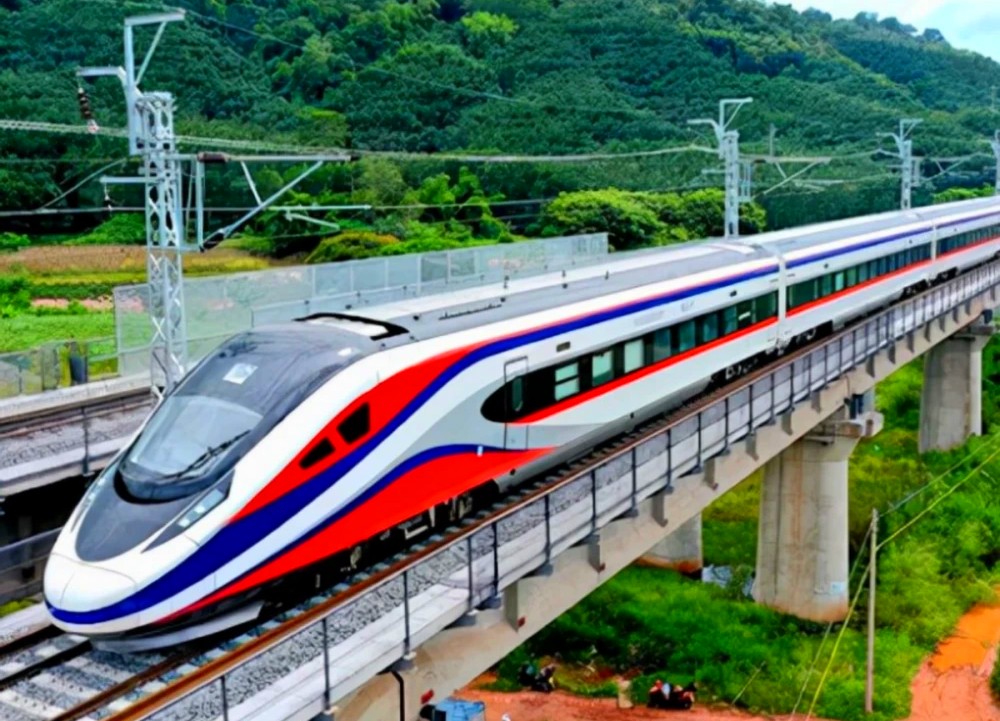 China-Laos Railway and High Speed Bullet Trains Train[/caption]
China-Laos Railway and High Speed Bullet Trains Train[/caption]
Other China – Southeast Asia Railways
China and Southeast Asia share strong cultural, economic, and geographical connections. As a result, train travel between these regions is anticipated to grow in popularity. Currently, the China-Laos Railway and China-Vietnam Railway are the only two established routes. The China-Laos Railway will also pave the way for the Sino-Thai Railway. In the near future, it may be possible to take a high-speed train from Kunming to Bangkok via Vientiane.How to travel between Yunnan and Laos Currently
Laos-Yunnan by Flight
There are 3-4 daily non-stop flights flying from Vientiane to Kunming and 1 direct flight flying from Luang Prabang to Kunming.| Flight Number | Routes | Airlines | Departure Time | Arrival Time | Duration |
| 3U8710 | Vientiane-Kunming | Sichuan Airlines | 10:30 | 13:15 | 1h45m |
| MU2590 | Vientiane-Kunming | China Eastern Airlines | 10:50 | 13:25 | 1h35m |
| MU2590 | Vientiane-Kunming | China Eastern Airlines | 15:50 | 18:30 | 1h40m |
| QV815 | Vientiane-Kunming | Laos Airlines | 07:25 | 09:50 | 1h25m |
| MU2562 | Luang Prabang-Kunming | China Eastern Airlines | 15:45 | 18:00 | 1h15m |
Laos-Yunnan Coaches
The Laos – China bus service is available for Yunnan, the border province of China. Buses from Laos to China go to Meng La, Jing Hong and Kunming prefecture, in Yunnan province (the province that shares a border with Phongsaly Province in Laos). There are coaches running from Vientiane to Kunming via Luang Prabang. Six coaches are available from Luang Prabang to Jinghong city of Xishuangbanna. Please note that some of the coaches are not daily and contact us for the coach information before you go. *BUS FROM LAOS TO CHINA 1) direct bus from LPB to Kunming(sleeper)–about 24 hours 2) direct bus Oudomxai to Meng La(day bus) 3) direct bus Oudomxai to Jinghong(day bus)–about 8.5 hours 4) direct bus LNT to Meng La(day bus) 5) direct bus LNT to Jinghong(day bus)Info List
- Attractions
- Destinations
- Specicals
- Gallary
- Topic
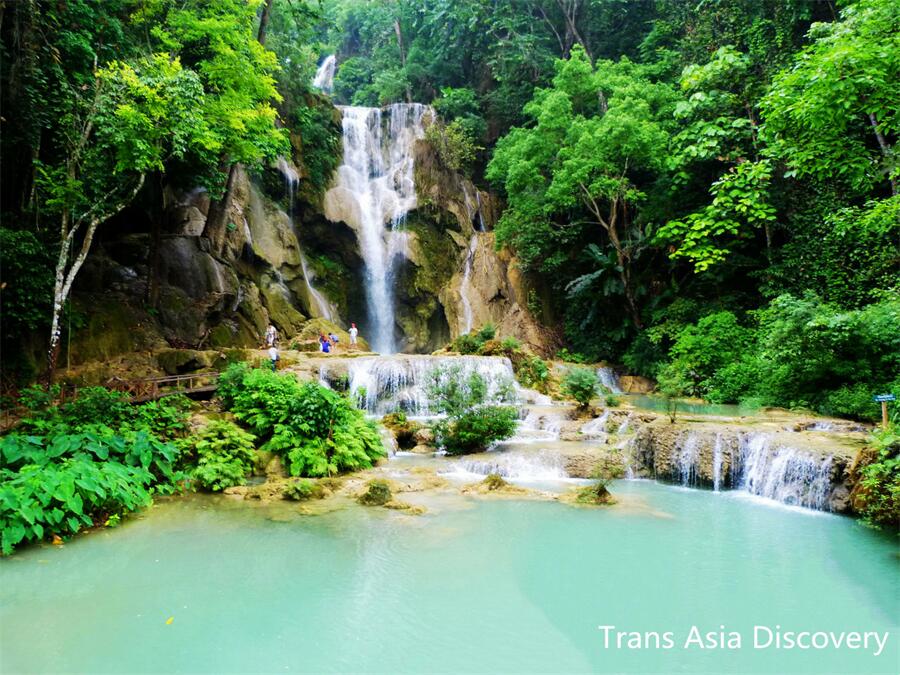


Tours













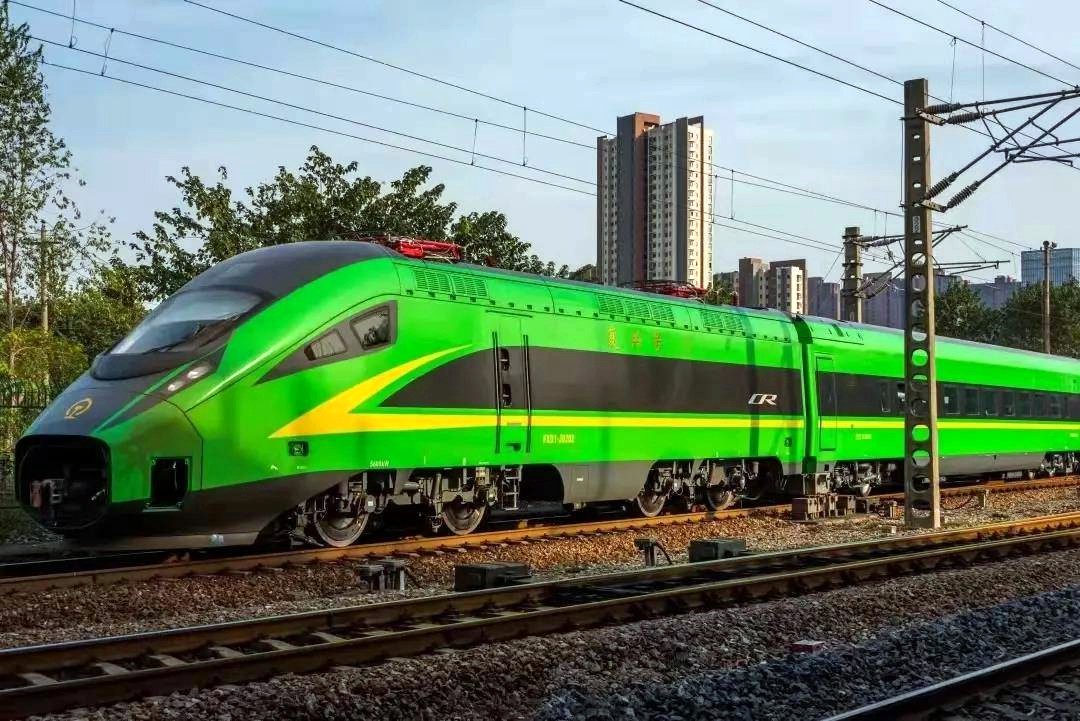



Vientiane-Luang Prabang-Boten Train Schedule of China-Laos Railway
On December 3, 2021, China-Laos Railway, which connects Kunming and Vientiane and adopts Chinese standards for the whole line, has officially opened for operation. After the opening of the China-Laos Railway, the fastest time between Kunming and Maohan will be 4 hours and 19 minutes, and the fastest time between Boten and Vientiane will be 2 hours and 59 minutes. Here in this part, train schedules in Laos between Vientiane and Boten will be introduced.
Train Schedule (Vientiane - Luang Prabang - Boten)
| Train Number | Port of Departure | Time of Departure | Destination | Time of Arrival | Duration | Intermediate Stations |
| D888 (Fast Train) | Vientiane | 09:08 | Boten | 12:07 | 2 hours 59 Minutes | Vang Vieng(123km, 10:00-10:03); Luang Prabang(238km, 10:53-10:57) |
| C82 (Fast Train) | Vientiane | 08:50 | Boten | 12:45 | 3 hours 55 minutes | Vang Vieng(123km, 09:45-09:51); Luang Prabang(238km, 10:45-10:53); Muang Xay(339km, 11:56-12:02); Na Teuy(393km, 12:28-12:34) |
| K12 (Ordinary Train) | Vientiane | 09:20 | Boten | 14:23 | 5 hours 3 minutes | Phonhong(64km, 09:59-10:03); Vang Vieng(123km, 10:39-10:43); Kasi(167km, 11:10-11:14) Luang Prabang(238km, 12:03-12:09); Muang Nga(293km, 12:42-12:46) Muang Xay(339km, 13:15-13:19); Na Moh(378km, 13:45-13:53); Na Teuy(393km, 14:06-14:10) |
| C86 (Fast Train) | Vientiane | 07:30 | Muang Xay | 10:19 | 2 hour 49 minutes | Vang Vieng(123km, 08:25-08:31); Luang Prabang(238km, 09:25-09:33) |
| C84 (Fast Train) | Vientiane | 14:30 | Luang Prabang | 17:00 | 2 hour 30 minutes | Vang Vieng (15:25-17:00) |
Train Schedule(Boten - Luang Prabang - Vientiane)
| Train Number | Port of Departure | Time of Departure | Destination | Time of Arrival | Duration | Intermediate Stations |
| D887 (Fast Train) | Boten | 14:09 | Vientiane | 18:38 | 4 hours 29 minutes | Luang Prabang(168km, 16:49-16:53); Vang Vieng(283km, 17:42-17:45) |
| C81 (Fast Train) | Boten | 13:30 | Vientiane | 17:00 | 4 hours 30 minutes | Na Teuy(13km, 13:39-13:43); Muang Xai(67km, 14:09-14:13); Luang Prabang(168km, 14:59-15:05); Vang Vieng(283km, 15:57-16:03) |
| K11 (Ordinary Train) | Boten | 15:30 | Vientiane | 20:27 | 4 hours 57 minutes | Na Teuy(13km, 15:41-15:45); Na Moh(28km, 15:58-16:02); Muang Xay(67km, 14:58-15:02); Muang Nga(113km, 17:01-17:05); Luang Prabang(168km, 17:40-17:48); Kasi(239km, 18:31-18:35); Vang Vieng(283km, 19:02-19:06); Phonhong(342km, 19:42-19:46) |
| C85 (Fast Train) | Muang Xay | 10:52 | Vientiane | 13:43 | 2 hours 51 minutes | Luang Prabang(11:38-11:48); Vang Vieng(12:40-12:44) |
| C83 (Fast Train) | Luang Prabang | 19:00 | Vientiane | 20:53 | 1 hour 53 minutes | Vang Vieng(19:52-19:56) |
Tips
The above information is for reference, if any change is based on actual information. If you wan to book tickets please contact us. Email: contact@YunnanExploration.com; Tel: +86-871-63511469.Passenger Fares Chart (Part)
| Route | One Way First class seats (Kip) | One Way Second class seats (Kip) | One Way Ordinary Train Fare (Kip) |
| Vientiane-Phonhong | 106,000 | 68,000 | 48,000 |
| Vientiane-Vang Vieng | 200,000 | 125,000 | 90,000 |
| Vientiane-Luang Prabang | 383,000 | 242,000 | 172,000 |
| Vientiane-Muang Xay | 541,000 | 341,000 | 242,000 |
| Vientiane-Na Tuey | 629,000 | 394,000 | 282,000 |
| Vientiane-Boten | 647,000 | 407,000 | 290,000 |
| Luang Prabang-Vang Vieng | 189,000 | 119,000 | 86,000 |
| Luang Prabang-Muang Xay | 163,000 | 103,000 | 75,000 |
| Luang Prabang-Na Tuey | 251,000 | 158,000 | 114,000 |
| Luang Prabang-Boten | 268,000 | 169,000 | 121,000 |
| Vang Vieng-Muang Xay | 348,000 | 218,000 | 156,000 |
| Vang Vieng-Boten | 453,000 | 284,000 | 205,000 |
Railway Station Ticket Sales Hours
Passengers can buy trains tickets in Laos usually at railway stations. Here below is a table including ticket sales time and station open time of railway station for your reference.| S/N | Railway Station | Ticket Sales Hours | Station Open Hours |
| 1 | Vientiane | 06:30 AM- 10:30 AM | 06:30 AM- 10:20 AM |
| 13:30 PM- 17:50 PM | 13:30 PM- 15:10 PM | ||
| 18:30 PM- 20:00 PM | |||
| 2 | Phonhong | 07:30 AM- 11:00 AM | 07:30 AM- 10:50 AM |
| 16:00 PM- 18:50 PM | 16:00 PM- 18:30 PM | ||
| 3 | Vang Vieng | 07:30 AM- 12:40 PM | 07:30 AM- 12:40 PM |
| 14:00 PM- 19:20 PM | 14:00 PM- 19:20 PM | ||
| 4 | Kasy | 08:30 AM- 10:30 AM | 08:30 AM- 10:00 AM |
| 15:30 PM- 17:30 PM | 15:30 PM- 17:30 PM | ||
| 5 | Luang Prabang | 08:30 AM- 18:40 PM | 08:30 AM- 18:30 PM |
| 6 | Muang Nga | 09:30 AM- 11:30 AM | 09:30 AM- 11:30 AM |
| 14:00 PM- 16:00 PM | 14:00 PM- 15:40 PM | ||
| 7 | Muang Xay (Oudom Xay) | 09:30 AM- 15:30 PM | 09:30 AM- 15:10 PM |
| 8 | Na Moh | 10:00 AM- 14:40 PM | 10:00 AM- 14:40 PM |
| 9 | Na Tuey | 09:30 AM- 15:00 PM | 09:30 AM-14:30 PM |
| 10 | Boten | 09:30 AM- 15:00 PM | 09:30 AM- 14:20 PM |
Tips for Ticket Purchasing and Boarding Requirements
1. The railway stations ticket offices are open around when trains are scheduled to arrive or depart. At most train stations advance tickets can be purchased up to 3 days before the departure date and payment must be in cash. Passengers may not able to purchase return tickets at the same time as the departing ticket. 2. Non-railway ticket offices are open in central Luang Prabang and on the ground floor of Vientiane Center in central Vientiane. Hours are 10:00 am to 12:00 noon and from 12:30 pm to 15:30 pm each day. Each person may only purchase 2 tickets. You must show valid ID and COVID-19 vaccination certificate (green card). Payment can only be made by UnionPay card or by QR Code (OnePay, UnionPay, Alipay and Wechat) at a POS machine. Cash is not accepted. A service fee of 20,000 kip per ticket is charged. 3. As of 13 September 2022, to ensure safety and reduce re-sale of tickets, the Lao-China Railway Company announced the Lao Government now required a Passport ID at the time of purchasing tickets. For Lao citizens without a passport, ID or family book can be used. 4. You must show your tickets as you leave the destination station or face a fine of the maximum ticket price. If you don’t have a ticket, you should arrive at least two hours before departure time since you need to queue for ticket purchase and again for entry to the station and then go through security checks. 5. Passengers should arrive at the station at least one hour before departure time and remain in the waiting area for the inspection of tickets and documents. All passengers need to wear protective masks and observe social distancing recommendations. Temperature checks will be carried out and anyone with a temperature higher than 37.3 Centigrade will not be allowed to enter the station. 6. Passengers will be allowed to carry more baggage with them on K11/K12 slow trains. The fast train has a 20-kilogram limit per passenger.Train Stations of China-Laos Railway (Kunming to Vientiane)
China – Laos Railway commenced construction on December 2nd, 2015 and is scheduled for completion by 2021. It will connect Kunming, the capital city of southwestern China’s Yunnan Province, with Laos’ capital city, Vientiane. The China – Laos railway project is actually a section of the Kunming-Singapore Railway Project, which connects Kunming with Singapore, passing through Laos, Thailand, and Malaysia.
Train Stations of China-Laos Railway (Kunming to Vientiane)
List of stations of China Part (Kunming-Mohan)
Kunming-Mohan: This section is made up of the Kunming-Yuxi Rail Line and the Yuxi-Mohan Rail Line. The former section is 55 miles (88 km) and has already come into service since December 15th, 2016 with a trip duration of 1.5 hours. The running speed is 124 mph (200 km/h). The latter section is 315 miles (507 km) and has been under construction since 19th, April, 2016; the planned top speed is 99 mph (160 km/h).| 序号 | 中文站名 | 英文站名 | 车站性质 | 位置 |
|---|---|---|---|---|
| — | 昆明站 | Kunming | 客货运站 | (非本线车站) |
| 1 | 昆明南站 | Kunmingnan | 客运站 | 中国云南省昆明市呈贡区 |
| 2 | 化城站 | Huacheng | 货运站 | 中国云南省昆明市呈贡区 |
| 3 | 晋宁东站 | Jinningdong | 货运站 | 中国云南省昆明市晋宁区 |
| — | 渠东所 | —— | 线路所 | —— |
| — | 普家村所 | —— | 线路所 | —— |
| 4 | 宝峰站 | Baofeng | 货运站 | 中国云南省昆明市晋宁区 |
| 5 | 玉溪站 | Yuxi | 客运站 | 中国云南省玉溪市红塔区 |
| 6 | 研和站 | Yanhe | 货运站 | 中国云南省玉溪市红塔区 |
| 7 | 峨山站 | Eshan | 客运站 | 中国云南省玉溪市峨山彝族自治县 |
| 8 | 化念站 | Huanian | 客运站 | 中国云南省玉溪市峨山彝族自治县 |
| 9 | 元江站 | Yuanjiang | 客货运站 | 中国云南省玉溪市元江哈尼族彝族傣族自治县 |
| 10 | 墨江站 | Mojiang | 客运站 | 中国云南省普洱市墨江哈尼族自治县 |
| — | 过尧站 | Guoyao | 越行站 | —— |
| 11 | 宁洱站 | Ninger | 客货运站 | 中国云南省普洱市宁洱哈尼族彝族自治县 |
| 12 | 普洱站 | Puer | 客运站 | 中国云南省普洱市 |
| — | 普文站 | Puwen | 会让站 | —— |
| 13 | 野象谷站 | Yexianggu | 客货运站 | 中国云南省西双版纳傣族自治州景洪市 |
| 14 | 西双版纳站 | Xishuangbanna | 客运站 | 中国云南省西双版纳傣族自治州景洪市 |
| — | 曼飞龙站 | Manfeilong | 会让站 | —— |
| 15 | 橄榄坝站 | Ganlanba | 客运站 | 中国云南省西双版纳傣族自治州景洪市 |
| — | 梭罗河站 | Suoluohe | 会让站 | —— |
| — | 勐远站 | Mengyuan | 会让站 | —— |
| — | 曼勒站 | Manle | 会让站 | —— |
| 16 | 勐腊站 | Mengla | 客货运站 | 中国云南省西双版纳傣族自治州勐腊县 |
| 17 | 磨憨站 | Mohan | 客货运站 | 中国云南省西双版纳傣族自治州勐腊县 |
List of stations of Laos Part (Mohan (Boten)- Vientiane)
Mohan (Boten)- Vientiane: The construction of this section began on 2nd December, 2015 and it is scheduled for completion by 2022. The designed speed is 99 mph and the length is 265 miles (427 km). Around 162 bridges and 72 tunnels will be built along the way, accounting for about 60% of the overall length, making it a really difficult project. Among the bridges, two super ones will run over Mekong River, measuring 1334 yards (1,220m) and 1570 yards (1,436 m) respectively. It is estimated that the project will cost about CNY 400 billion, and is jointly funded by Chinese and Laotian governments in the ratio 70% to 30%. 32 stations are planned along the line, of which 21 stations were initially constructed including 10 passenger stations and 11 cargo stations:| 序号 | 中文站名 | 英文站名 | 车站性质 | 位置 |
|---|---|---|---|---|
| 18 | 磨丁站 | Boten | 客运站 | 老挝琅南塔省 |
| 19 | 纳堆站 | Nateuy | 客货运站 | 老挝琅南塔省 |
| 20 | 纳磨站 | Namor | 客运站 | 老挝乌多姆塞省 |
| — | 纳通站 | Nathong | 会让站 | —— |
| 21 | 孟塞站 | Muang Xai | 客货运站 | 老挝乌多姆塞省 |
| — | 纳科站 | Nakhok | 会让站 | —— |
| 22 | 孟阿站 | Muang Nga | 客运站 | 老挝乌多姆塞省 |
| — | 慧汉站 | Houay Han | 会让站 | —— |
| 23 | 琅勃拉邦站 | Luang Prabang | 客货运站 | 老挝琅勃拉邦省 |
| — | 香恩站 | Xiang Ngeun | 会让站 | —— |
| — | 普昆站 | Phoukhoun | 会让站 | —— |
| 24 | 嘎西站 | Kasi | 客货运站 | 老挝琅勃拉邦省 |
| — | 帕当站 | Pha Tang | 会让站 | —— |
| 25 | 万荣站 | Vang Vieng | 客货运站 | 老挝万象省 |
| — | 万基站 | Vang Khi | 会让站 | —— |
| 26 | 蓬洪站 | Phonhong | 客货运站 | 老挝万象省 |
| — | 蓬宋站 | Phonsoung | 会让站 | —— |
| — | 万象北站 | Vientiane North | 会让站 | —— |
| 27 | 万象站 | Vientiane | 客运站 | 老挝万象直辖市 |
| 28 | 万象南站 | Vientiane South | 货运站 | 老挝万象直辖市 |
| Station name | Station type | km | Cumulated travel time Fast Train | Cumulated travel time Ordinary Train |
|---|---|---|---|---|
| Boten | Passenger | 000 | 00h00 | 00h00 |
| Na Teuy | Passenger, major | 013 | 00h09 | 00h11 |
| Na Moh | Passenger | 028 | no stop | 00h26 |
| Na Thong | Cargo | 038 | no stop | no stop |
| Muang Xai | Passenger, major | 067 | 00h39 | 00h57 |
| Na Khok | Cargo | 097 | no stop | no stop |
| Muang Nga | Passenger | 113 | no stop | 01h34 |
| Huoay Han | Cargo | 135 | no stop | no stop |
| Luang Prabang | Passenger, major | 168 | 01h31 | 02h15 |
| Xiang Ngeun | Cargo | 177 | no stop | no stop |
| Phou Khoun | Cargo | 209 | no stop | no stop |
| Kasi | Passenger | 239 | no stop | 03h04 |
| Pha Daeng | Cargo | 256 | no stop | no stop |
| Vang Vieng | Passenger, major | 283 | 02h31 | 03h41 |
| Vang Khi | Cargo | 310 | no stop | no stop |
| Phon Hong | Passenger | 342 | no stop | 04h23 |
| Phon Soung | Cargo | 372 | no stop | no stop |
| Vientiane North | Cargo | 388 | no stop | no stop |
| Vientiane | Passenger, major | 406 | 03h35 | 05h15 |
| Vientiane South | Cargo | 419 | no stop | no stop |
Kunming-Bangkok Trains
Thailand High speed Trains,Normal Trains and Overnight Trains between Kunming and Bangkok.Plan your Kunming to Bangkok train tour and book Kunming to Bangkok bullet train tickets online. Check Kunming-Bangkok Trains timetable and schedules, distance, bullet trains, high speed rails,soft and hard sleepers or seats, railway stations,train route and map, train ticket fares, seat's availability and train tickets booking.
China – Thailand Railway, or Sino – Thai Railway hasn’t been opened yet. The construction began in December, 2017. About 4 years are needed to complete this high speed rail project, by when it will run through three countries including China, Laos and Thailand. It will serve trains running between Kunming and Bangkok. In the far future, this China – Thailand railway project will be extended all the way to Singapore, shaping a high speed railway as long as 1,864 miles (3,000 km), namely Kunming – Singapore Railway.
Based on the latest developments of China – Thailand Railway, Thailand will complete the construction plan on time. The high-speed rail of Bangkok – Nong Khai will be officially put into use in 2023. By the end of October 2017, a total of 207 sites have been constructed. This project is scheduled to be completed by the end of December 2021 and it will open to traffic in 2023.
 Scheduled Open Time: 2023
Scheduled Open Time: 2023
 Designed Speed: 99–124 mph (160-200 km/h)
Designed Speed: 99–124 mph (160-200 km/h)
 Running Length: about 790 miles (1,272 km)
Running Length: about 790 miles (1,272 km)
 Expected Duration: about 12 hours
Expected Duration: about 12 hours
 Estimated Round-trip Ticket Price: CNY 700 or THB 3,600, equaling to half or 1/3 of the flight ticket fare
Estimated Round-trip Ticket Price: CNY 700 or THB 3,600, equaling to half or 1/3 of the flight ticket fare
 Planned Stations along the Way: Kunming South, Kunyang, Jinning East, Huacheng, Baofeng, Yuxi, Yuxi South, Yuanjiang, Mojiang, Puer, Jinghong, Mohan, Vientiane, Nong Khai, Khon Kaen, Nakhon Ratchasima, and Bangkok
Planned Stations along the Way: Kunming South, Kunyang, Jinning East, Huacheng, Baofeng, Yuxi, Yuxi South, Yuanjiang, Mojiang, Puer, Jinghong, Mohan, Vientiane, Nong Khai, Khon Kaen, Nakhon Ratchasima, and Bangkok
 Kunming-Mohan: This section consists of the Kunming-Yuxi Railroad and Yuxi-Mohan Railroad. Currently, the former section has been put into service since December 15th, 2016 and the journey time is 1.5 hours. The construction of the latter section began on 29th April, 2016 and the distance is 315 miles (507 km); the designed speed is 99 mph (160 km/h) and the intermediate stations include Yuanjiang, Mojiang, Puer, and Jinghong.
The railway of Yuxi to Mohan is also called as Yumo Railway, which starts from Yuxi, Yunnan Province, passes through Pu’er, Jinghong and ends at Mohan Port. It is a passenger and cargo collinear railway with totally 13 intermediate stations, expected to be completed in 2022. After the completion of the Yumo Railway, the travel time from Kunming to Pu’er and from Kunming to Xishuangbanna is expected to be shortened to 3 hours. Besides, after the completion of China – Laos International Railway, Kunming to Vientiane is also expected to “overnight”.
Kunming-Mohan: This section consists of the Kunming-Yuxi Railroad and Yuxi-Mohan Railroad. Currently, the former section has been put into service since December 15th, 2016 and the journey time is 1.5 hours. The construction of the latter section began on 29th April, 2016 and the distance is 315 miles (507 km); the designed speed is 99 mph (160 km/h) and the intermediate stations include Yuanjiang, Mojiang, Puer, and Jinghong.
The railway of Yuxi to Mohan is also called as Yumo Railway, which starts from Yuxi, Yunnan Province, passes through Pu’er, Jinghong and ends at Mohan Port. It is a passenger and cargo collinear railway with totally 13 intermediate stations, expected to be completed in 2022. After the completion of the Yumo Railway, the travel time from Kunming to Pu’er and from Kunming to Xishuangbanna is expected to be shortened to 3 hours. Besides, after the completion of China – Laos International Railway, Kunming to Vientiane is also expected to “overnight”.
 Mohan (Boten)- Vientiane: This section started on 2nd December, 2015 and it will be put into service before 2020. The planned running speed is 99 mph (160 km/h) and the total journey is 265 miles (427 km).
Upon completion of the China – Laos Railway project, on the one hand, it will greatly boost the economic development of Laos, improving the efficiency and the level of local transportation, as well as creating a large number of employment opportunities for Laos. On the other hand, it will inject new impetus into the economic development of southwest China.
Mohan (Boten)- Vientiane: This section started on 2nd December, 2015 and it will be put into service before 2020. The planned running speed is 99 mph (160 km/h) and the total journey is 265 miles (427 km).
Upon completion of the China – Laos Railway project, on the one hand, it will greatly boost the economic development of Laos, improving the efficiency and the level of local transportation, as well as creating a large number of employment opportunities for Laos. On the other hand, it will inject new impetus into the economic development of southwest China.
 Vientiane (Nong Khai) – Bangkok: The designed speed is 99–112 mph (160-180 km/h) for this section. The construction started in Dec. 21, 2017 and will last for 4 years. It will completely change the rail provision of Thailand and the country will have the first standard-gauge rail track. The stations along this way include Nong Khai, Khon Kaen, Nakhon Ratchasima. In the future, this railroad will be extended to eastern Rayong Province in Thailand.
The high-speed railway project in Thailand will be built in two phases. Phase one is from Bangkok to Kele with a total length of about 253 km. Phase two is from Kele to Nong Khai with total length of about 355 km. The China – Laos Railway will be completed and put into use in 2021. The Bangkok – Kele section of the China – Thailand Railway will be in service in 2021, while Kele – Nong Khai section will be in use in 2022.
Thailand – China High Speed Railway Project will make traveling between the two countries cheaper, easier and more convenient. Thailand is one of the top outbound tourism destinations among Chinese. When the China – Thailand high speed trains are put into service, they are estimated to attract 2 million more Chinese to visit the mysterious and colorful country each year, greatly boost the develop of its tourism industry.
For China, the railroad will greatly deduct the cost for exporting agricultural products such as rice, vegetables, and fresh tropical fruit from Thailand, as the rail freight fee is only about 1/3 of air freight fee. This in return, will also boost the development of Thai’s agriculture industry.
Once the China – Thailand High Speed Railway is completed, the rail line will connect six countries in Southeast Asia, all the way to Thailand, Malaysia, Singapore and Indonesia. It will be of great significance to promote economic co-prosperity between China and Southeast Asia, and even between the whole Europe and Asia.
Vientiane (Nong Khai) – Bangkok: The designed speed is 99–112 mph (160-180 km/h) for this section. The construction started in Dec. 21, 2017 and will last for 4 years. It will completely change the rail provision of Thailand and the country will have the first standard-gauge rail track. The stations along this way include Nong Khai, Khon Kaen, Nakhon Ratchasima. In the future, this railroad will be extended to eastern Rayong Province in Thailand.
The high-speed railway project in Thailand will be built in two phases. Phase one is from Bangkok to Kele with a total length of about 253 km. Phase two is from Kele to Nong Khai with total length of about 355 km. The China – Laos Railway will be completed and put into use in 2021. The Bangkok – Kele section of the China – Thailand Railway will be in service in 2021, while Kele – Nong Khai section will be in use in 2022.
Thailand – China High Speed Railway Project will make traveling between the two countries cheaper, easier and more convenient. Thailand is one of the top outbound tourism destinations among Chinese. When the China – Thailand high speed trains are put into service, they are estimated to attract 2 million more Chinese to visit the mysterious and colorful country each year, greatly boost the develop of its tourism industry.
For China, the railroad will greatly deduct the cost for exporting agricultural products such as rice, vegetables, and fresh tropical fruit from Thailand, as the rail freight fee is only about 1/3 of air freight fee. This in return, will also boost the development of Thai’s agriculture industry.
Once the China – Thailand High Speed Railway is completed, the rail line will connect six countries in Southeast Asia, all the way to Thailand, Malaysia, Singapore and Indonesia. It will be of great significance to promote economic co-prosperity between China and Southeast Asia, and even between the whole Europe and Asia.
Kunming – Bangkok Trains
Sino – Thai Railway Sections
Why build the China – Thailand Railway
Nateuy Train Station in Luang NamTha, Laos
Nateuy Train Station (纳堆站 in Chinese/ສະຖານີນາເຕີຍ in Lao) is located in Luang Namtha, Laos, Nateuy is home to an impressive selection of attractions and experiences, making it well worth a visit.
The first station along the Laos-China Railway was completed on Wednesday, marking a significant occasion for the railway line. The last concrete casting on top of Nateuy Station has been completed, making it the first station fully constructed along the train line.
Nateuy Station includes one platform and three tracks, a station hall, a waiting hall, ticket halls, substations, and offices. The station, located some 20 kilometers from the Boten Border Crossing, will be a key passenger and freight distribution center in Laos, Xinhua reports.
[caption id="attachment_31610" align="alignnone" width="680"] Nateuy Train Station in Luang NamTha, Laos[/caption]
Nateuy Train Station in Luang NamTha, Laos[/caption]
 Nateuy Train Station in Luang NamTha, Laos[/caption]
Nateuy Train Station in Luang NamTha, Laos[/caption] 

 Tours
Tours
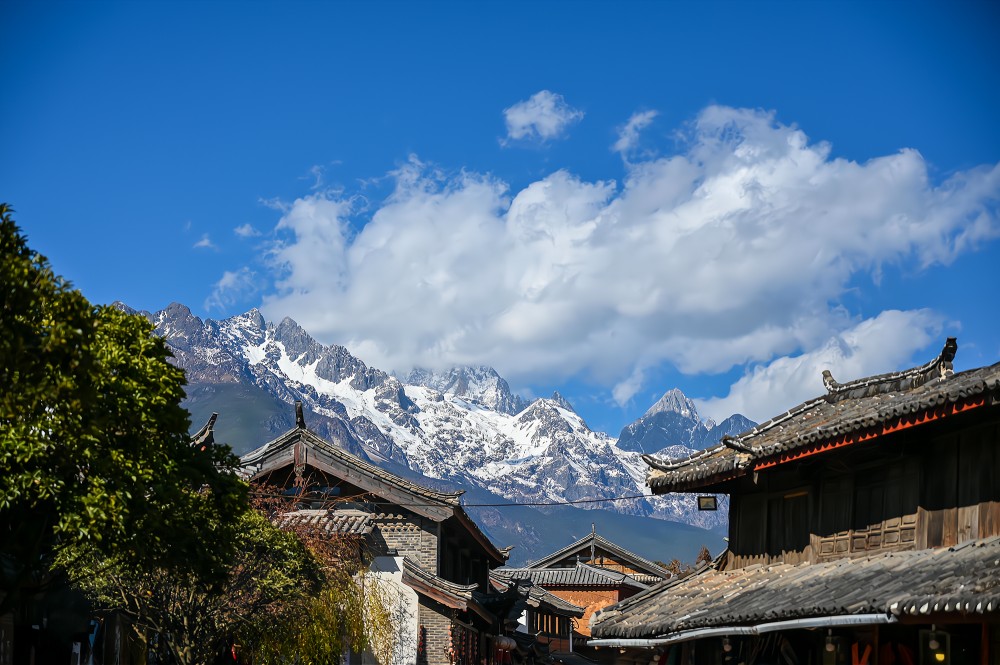



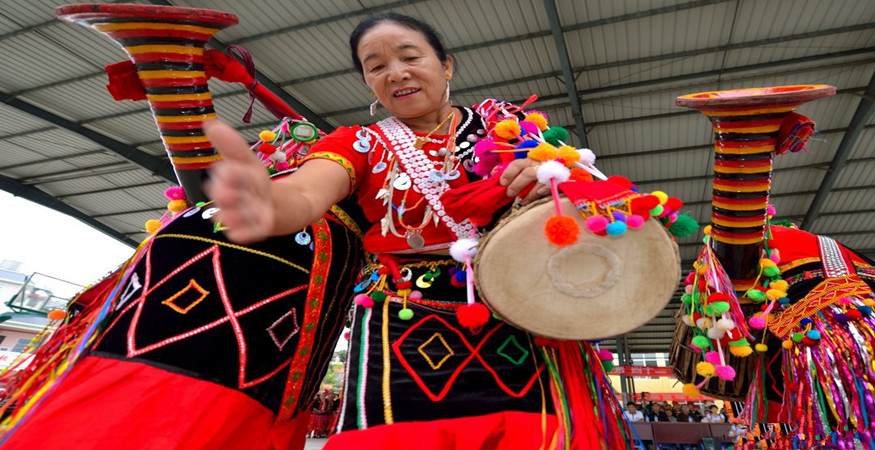




 Destinations
Destinations Attractions
Attractions Golf
Golf Customize
Customize About Us
About Us Contact
Contact



